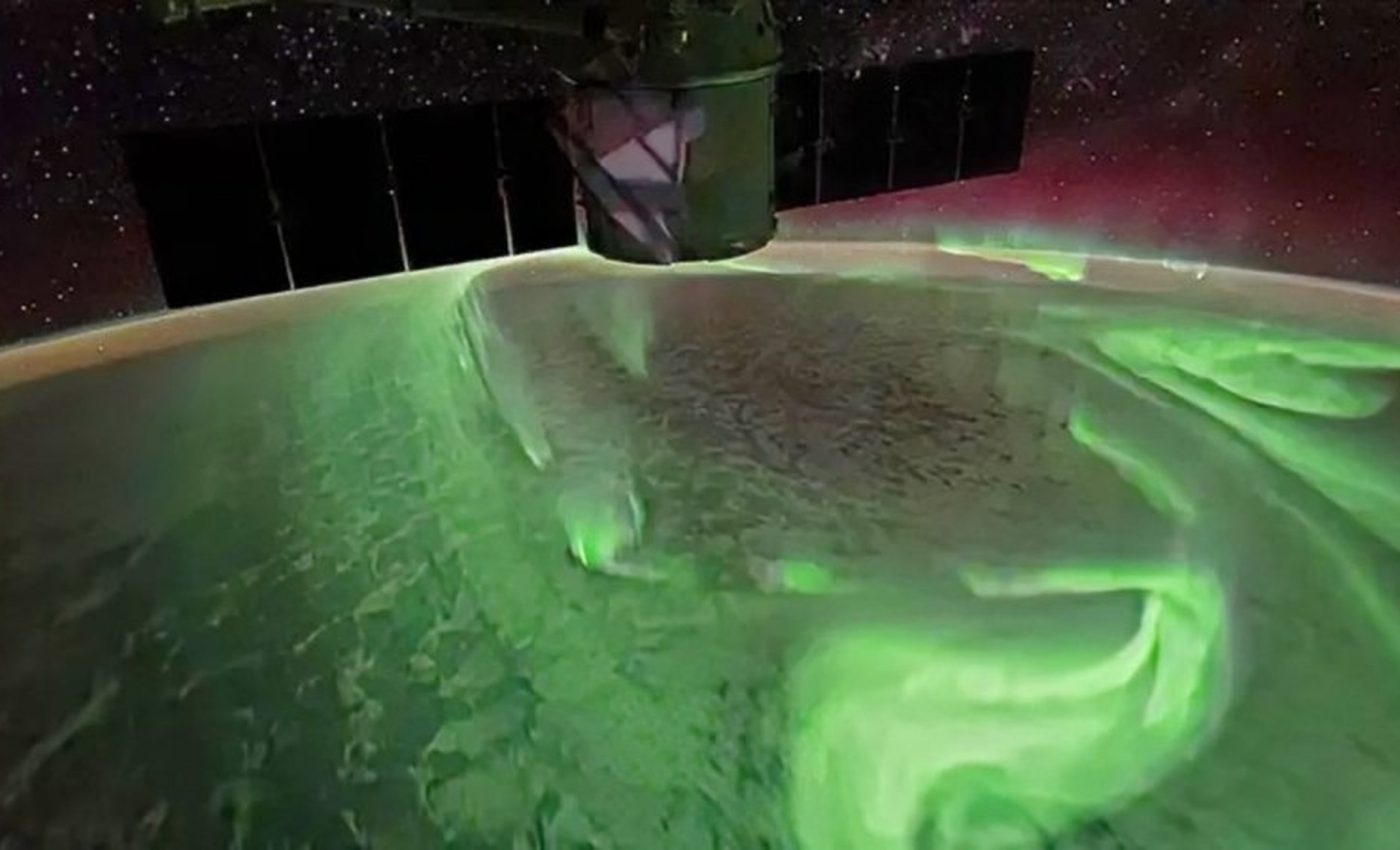
Space hurricanes are much more common than we thought
Every now and then, a discovery comes along that takes our breath away – much like the stunning Aurora Australis that paints the Southern Hemisphere sky with dazzling natural light. Now, there’s more to the story. Meet the space hurricanes, swirling spectacles high above Earth that could even cause a little earthly trouble.
Dr. Rebecca Dzombak of the American Geophysical Union has recently reported new details about this phenomenon.
The mysteries of the universe are often unfathomable to us earthlings, but with each revelation, we’re getting a little closer to understanding the cosmos’ infinite expanses.
What exactly is a space hurricane?
In simple terms, a space hurricane is a geomagnetic phenomenon where plasma interacts with Earth’s magnetosphere – the space owned by Earth’s magnetic field.
Imagine gusts of plasma creating massive spiral arms, whirling around a peaceful “eye,” but in the sky! They’re just like the terrestrial hurricanes that we know – and sometimes fear – but up in the ionosphere, forming auroras shaped like their namesakes.
The twist in this atmospheric tale is what these celestial hurricanes bring from space into our own upper atmosphere – electrons. These “rain” from the sky, potentially causing interference with our satellite communications.
Discovery of space hurricanes
The intriguing discovery of space hurricanes was made only recently. Scientists stumbled across these space phenomena while scanning satellite images.
Initially, these cosmic cyclones were found swirling over the Northern Hemisphere, given that that’s where most of our scientific observation and instrumentation are concentrated. A rough estimate suggests that about 12 space hurricanes strike the Northern Hemisphere each year.
But while the North had its share of revelations, the Southern Hemisphere wasn’t far behind. Scientists led by Sheng Lu uncovered how frequently space hurricanes occur in the Southern Hemisphere.
This groundbreaking research dovetails with previous work, helping us better comprehend when, where, and why these space hurricanes strike.
Space hurricanes in the Southern Hemisphere
The research team examined satellite imagery from 2005 to 2016. What they found was phenomenal – 259 space hurricane events.
The Southern Hemisphere space hurricanes turned out to be “twins” of their northern counterparts in terms of their looks and behavior, suggesting they’re driven by the same mechanisms.
These celestial hurricanes strike the Southern Hemisphere most often during the summer, probably because of the planet’s magnetic tilt and sunlight exposure levels.
Impact of hurricanes
But don’t worry, you won’t have to duck for cover. Similar to the northern storms, these hurricanes mainly occur at latitudes above 80° (over Antarctica), so the chances of casually spotting one are pretty slim.
A startling discovery was the speed at which these events happen. The researchers found the average plasma velocity around space hurricanes to be approximately 1 kilometer per second.
To put that into perspective, it’s equivalent to a head-spinning 3,600 kilometers per hour, or 2,237 miles per hour – about ten times faster than the normal speed of plasma in the polar cap.
Implications for technology and communication
Understanding space hurricanes not only satiates our curiosity about the cosmos but also carries significant implications for our technological infrastructure.
As these phenomena can disrupt satellite communications and navigation systems, ongoing research will inform us about potential hazards and help develop strategies to mitigate their effects.
This knowledge is paramount in an era where our dependence on satellite technology continues to grow. As we unravel the complexities of space storms, we pave the way for advancements that ensure safer and more reliable communication networks for all.
Future research directions
This exploration of space hurricanes sets the groundwork for further studies. The scientists are keen on investigating these hurricanes’ 3D characteristics and their impact on our lower atmosphere. Would you believe that they’re even looking at ways to forecast these events?
In the grand scheme of things, the discovery of space hurricanes is just another testament to how little we know about the universe. Every shimmer in the sky or reading on a satellite might be a step towards another phenomenal revelation.
The study is published in the Journal of Geophysical Research.
Image Credit: NASA
—–
Like what you read? Subscribe to our newsletter for engaging articles, exclusive content, and the latest updates.
Check us out on EarthSnap, a free app brought to you by Eric Ralls and Earth.com.
—–













